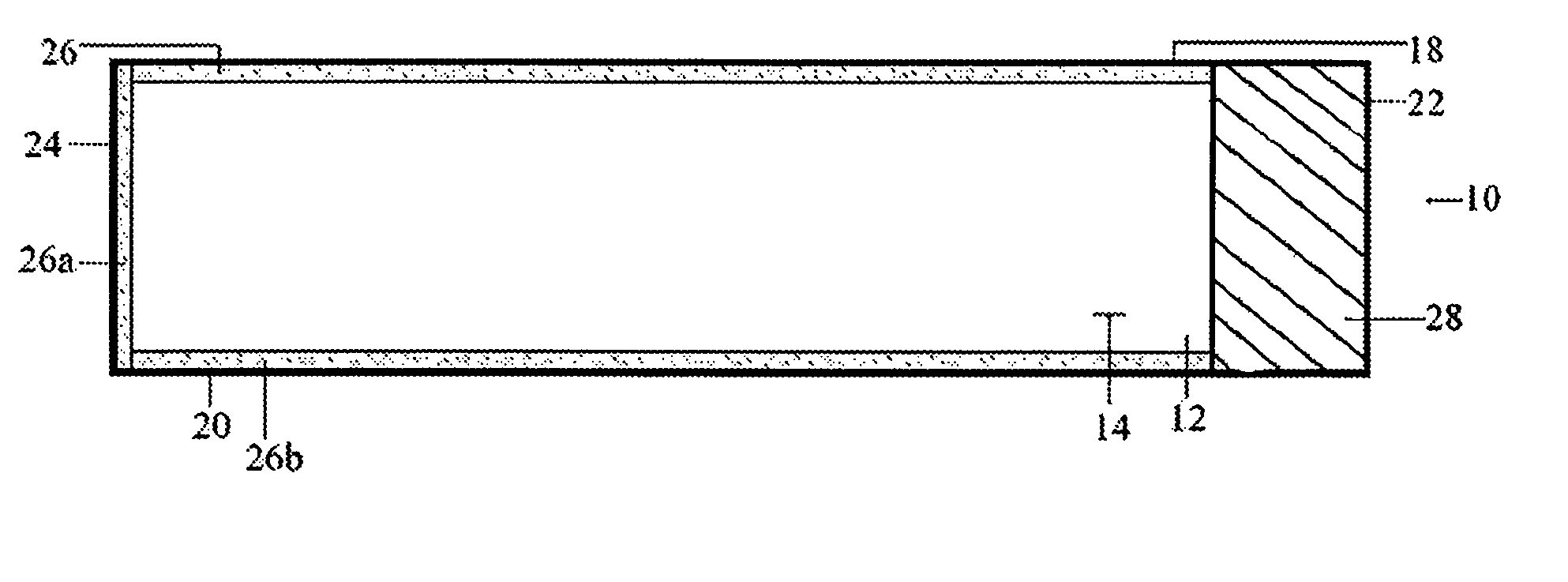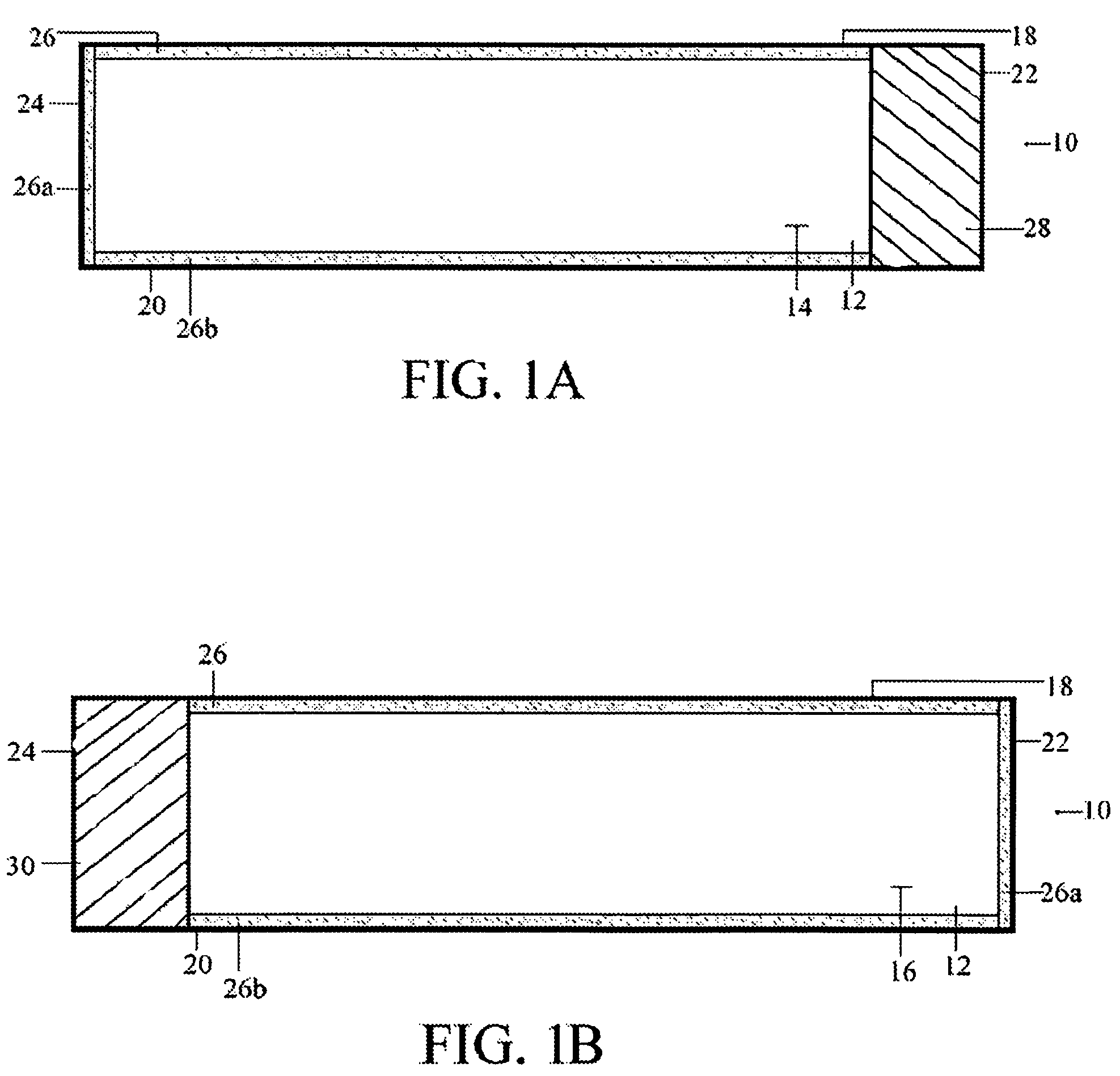Hormonal changes, let-down of
breast milk, nursing and other conditions associated with
pregnancy,
childbirth and nursing cause physical pain, soreness and
irritation to a mother's body and, in particular, her breasts and nipples.
While healthcare providers and
lactation consultants recommend warm showers to help soothe the breast area and ease engorgement, the act of showering itself presents problems to pregnant, postpartum and nursing mothers.
First, the direct force of
shower sprays on tender breasts and irritated nipples is quite painful.
Second,
drying ingredients and chemical additives found in many toiletries further irritate injured nipples and areolas.
The routine task of showering becomes difficult and rushed as the pregnant or new mother races to
shampoo, condition,
soap and shave with one hand and shield her breasts and nipples from stinging shower sprays,
soap and other chemical residues with the other hand.
As a result, the comforting properties of warm shower water flowing over the breast area are diminished.
(a)
Washcloths, towels and towel wraps are not the proper size to suitably cover the breast and nipple area.
Washcloths are too small, requiring the mother to hold multiple cloths over the breast area. Towels and towel wraps are too large and, as a result, cover more
body area than preferred and become excessively heavy and cumbersome when wet. This invention is suitably sized in that its length is sufficient to
wrap around the bustline and back of a pregnant, postpartum or nursing mother, which is generally within but not limited to the range of thirty five (35) to forty three (43) inches, and its width is sufficient to adequately cover the breasts and nipples, which is generally within but not limited to the range of nine (9) to eleven (11) inches, without covering more
body area than desired.
(b) Wet towels and towel wraps become excessively heavy and cumbersome when wet, placing surplus weight on the mother's breasts that are already heavy and engorged as a result of pregnancy, childbirth and nursing. This increased pressure contributes to breast pain and discomfort and increases strain on delicate, stretched
breast tissue.
(c)
Washcloths and towels must be manually held in place with at least one hand, leaving only one hand free to shower. Routine tasks of opening toiletry bottles, shampooing, conditioning and shaving become difficult when only one hand is available to perform the activity. Towel wraps, including those with elasticized bands around the top and those which utilize hook and loop fasteners, become excessively heavy when wet; the elasticized bands around the top of the towel wrap that generally hold the towel wrap in place are not sufficient to do so when the towel wrap is saturated with water.
(d) Washcloths, towels and towel wraps do not provide any level of support to the breasts when held over the breast and nipple area. Rather, they place surplus weight on the mother's breasts which contributes to breast pain and discomfort and increases strain on delicate, stretched
breast tissue.
(e) Washcloths, towels and towel wraps, when draped over the breast and nipple area, do not effectively function as a warm compress. A compress is defined in the American Heritage Dictionary as “a soft pad of gauze or other material applied with pressure to a part of the body to control hemorrhage or to supply heat, cold,
moisture, or medication to alleviate pain or reduce infection.” When used in the shower,
washcloths, towels and towel wraps cannot be applied with sufficient firmness or snugness to effectively compress or apply pressure to the breast area without significant manual intervention on the part of the user to hold them in place and to apply the pressure. These mechanisms have no means of providing appropriate pressure without the direct assistance of the wearer.
(f) Wet towels and towel wraps require increased effort to wring out, dry and launder due to their size and weight, especially when wet.
There is no other device or method otherwise available for this use.
(a) The fabric breast support is two sided, meaning both the front plane or right side of the fabric panel that comprises the breast support and the reverse plane or wrong side of the fabric panel that comprises the breast support present a finished surface. The objective for providing a breast support with two finished sides is to provide a therapeutic benefit to the wearer, whereby the wearer's tender breasts and nipples only contact fabric that is soft, soothing and absorbent Tube tops may be made of any fabric and do not require the attribute of two finished sides to achieve this invention's therapeutic benefit.
(b) The fabric breast support is made of fabric that is absorbent. The objective for providing an absorbent breast support is to provide a therapeutic benefit to the wearer whereby the breast support absorbs cool or warm shower water which contributes to its ability to effectively act as a compress when coupled with the gentle compression provided by the stretchable nature of the fabric. Tube tops may be made of any fabric including fabrics that are not absorbent and do not require this attribute of absorbency to achieve this invention's therapeutic benefit.
(c) The fabric breast support is made of fabric that has the ability to stretch or is stretchable. Stretchable is defined by Dictionary.com Unabridged (v 1.1) as “made of synthetic or composite
yarn having a sufficiently low denier or having been subjected to any of several special
mechanical treatments to permit increased elasticity” and as “of
yarn modified or twisted so as to afford high elasticity.” Stretch can be obtained either by use of synthetic
yarn, elastic yarn or in the knitting / milling process. The objective for providing a stretchable breast support is to provide a therapeutic benefit whereby the breast support may be applied with sufficient firmness or snugness to effectively function as a warm or cool compress. Tube tops may be made of any fabric including fabrics that are not stretchable and do not require this attribute of stretchability to achieve this invention's therapeutic benefit.
(d) The fabric breast support provides an adjustable closure, for example a 4″ Velcro® closure. The objective for providing a 4″ Velcro® closure is to provide two therapeutic benefits.
First, to allow the wearer to deploy the breast support without having to tug the garment over her head and pull down on her tender, sore breasts.
Secondly, the wearer's unique bustline measurements and support requirements will change drastically over the course of her pregnancy, after childbirth and during nursing, so having at least a 4″ adjustable closure is necessary to ensure proper fit over the course of pregnancy, childbirth and nursing. Because tube tops typically are comprised of one continuous piece of cylindrical fabric and do not have a closure mechanism, they do not achieve this invention's intended therapeutic benefit. Additionally, tops that are not in the form of a tube but that offer a closure mechanism do not offer this extent of size adjustability.
(e) The fabric breast support is made of fabric that is sufficiently thick, generally, and without limitation, within the range of one-eighth inch (⅛″) to three-sixteenths inch ( 3 / 16″). The objective for using fabric that is sufficiently thick is to provide a therapeutic benefit to the wearer whereby the breast support provides a
cushion between the stinging shower sprays and the wearer's breasts. The thickness of the fabric used in the construct of the breast support distinguishes it from tube tops and other such apparel in that such tops may be made of any fabric including Spandex or other fabrics that are sheer and thin. These fabrics lack the requisite thickness to provide an effective
cushion between the shower sprays and breasts.
 Login to View More
Login to View More  Login to View More
Login to View More 


